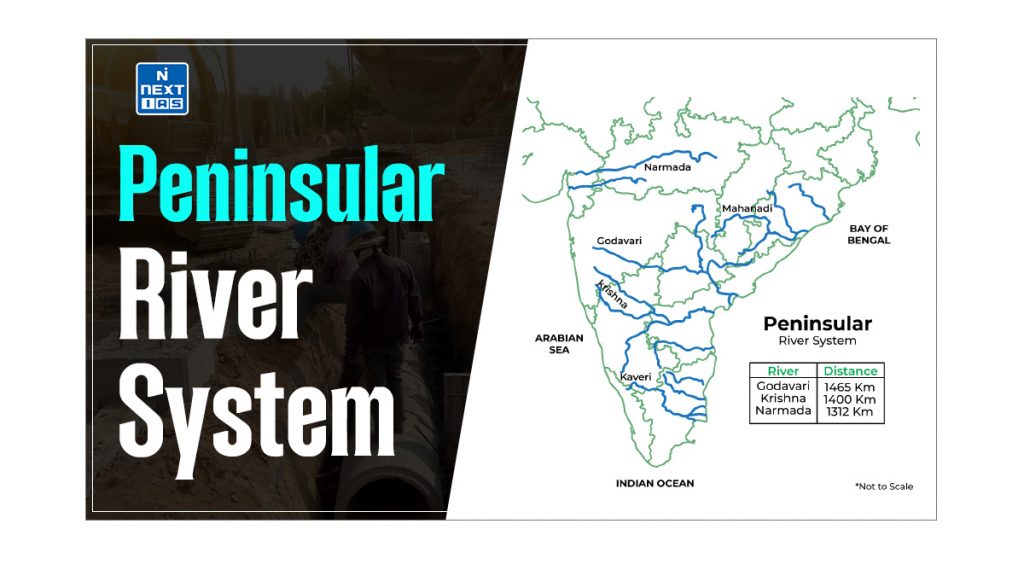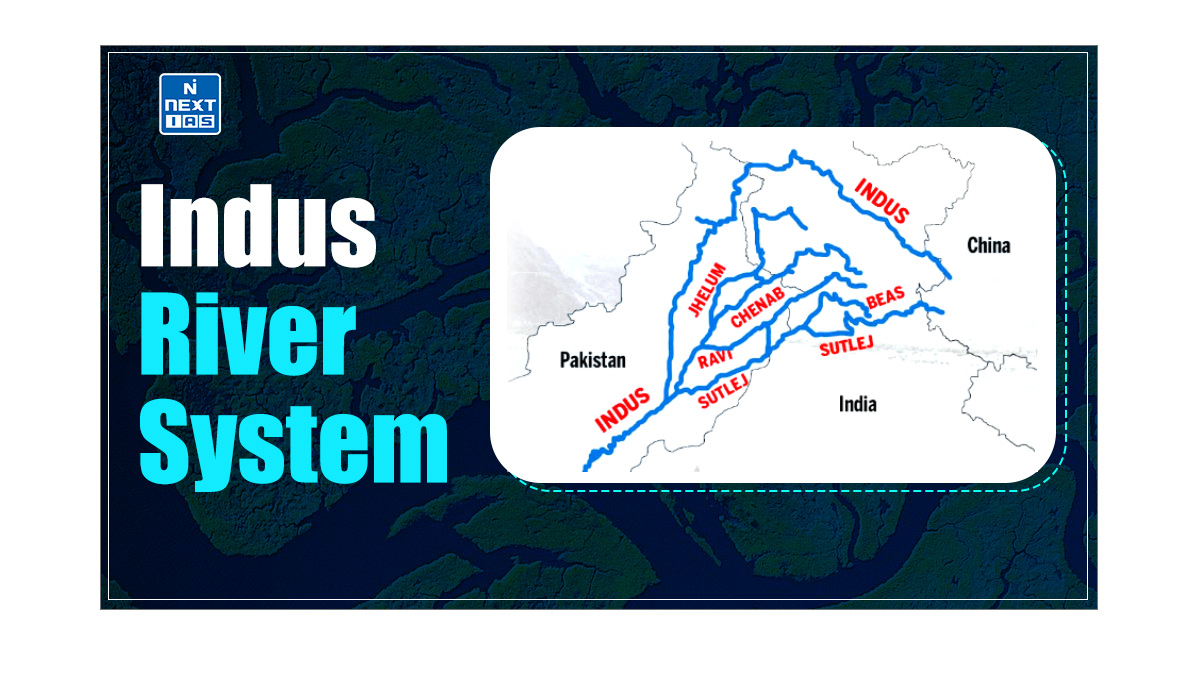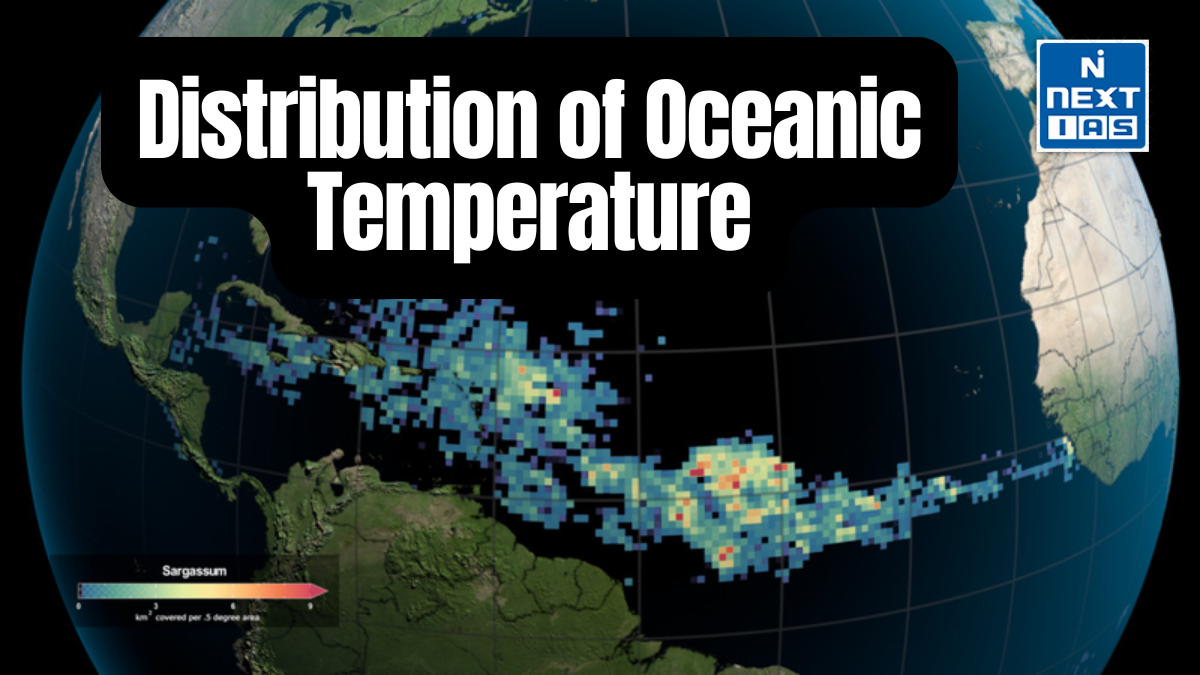
The Peninsular River System comprises rivers originating from the Peninsular Plateau of India, flowing through varied landscapes before emptying into the Bay of Bengal or the Arabian Sea. These rivers are vital for the region’s agriculture, water supply, and hydroelectric power generation. This article aims to study in detail the evolution, characteristics, significance, associated with the Peninsular River System.
About Peninsular River System
- The Indian Peninsula is traversed by several rivers, which are much older than the Himalayan Rivers.
- These rivers are in their mature stage and have reached the base level of their erosion, characterised by broad, shallow and largely graded valleys.
- The Western Ghats serve as a water divide, with major Peninsular rivers flowing into the Bay of Bengal and smaller streams draining into the Arabian Sea.
- Almost the entire Indian Peninsula represents an older formation showing features of mature drainage.
- Due to low gradients and large deltas in their mouths, their velocity and load-carrying capacity are reduced in their courses.
- Peninsular rivers are characterised by fixed course, absence of meanders, ox-bow lakes, delta and estuary formation and non-perennial water flow.
| Note: Most of the significant Peninsular rivers, except Narmada and Tapi, flow west to east and pour into the Bay of Bengal. Narmada and Tapi rivers flow through the rift valleys. |
Read our detailed article on the Himalayan River System.
Evolution of Peninsular River System
The evolution of present Peninsular drainage systems seems to have been shaped by the following three factors:
Subsidence of the Western Flank
- The subsidence of the western flank of the Peninsula led to its submergence below the sea during the early tertiary period, which disturbed the symmetrical plan of the river on either side of the original watershed.
Upheaval of the Himalayas
- The uplift of the Himalayas occurred when the northern edge of the Peninsular block experienced subsidence and subsequent trough faulting.
Slight Tilting of the Peninsular Block
- The slight tilting of the Peninsular Block from northwest to south-eastern during the same period oriented the entire drainage system of Peninsular India towards the Bay of Bengal.
Features of Peninsular River System
The key features of the Peninsular Drainage System are:
- Mature Drainage Pattern – The Peninsular rivers are older than the Himalayan rivers and have attained a mature stage characterised by broad, shallow valleys with gentle slopes.
- Eastward Flow – Most Peninsular rivers flow from west to east, draining into the Bay of Bengal. This includes major rivers like the Godavari, Krishna, and Mahanadi.
- Western Ghats as Watershed – The Western Ghats act as a watershed, dividing the Peninsular rivers. Rivers east of the Western Ghats flow towards the Bay of Bengal, while those to the west flow into the Arabian Sea.
- Fixed Courses and Non-Perennial Flow – Unlike Himalayan rivers, which exhibit meandering courses and seasonal changes, Peninsular rivers typically have fixed courses, no meanders, and non-perennial flow except during monsoon seasons.
- Unique Geological Formations – Rivers like the Narmada and Tapi flow through rift valleys, creating distinct geological formations. These rivers have relatively steep gradients and exhibit characteristics not typical of other Peninsular rivers.
East Flowing Rivers of Peninsular India
The east-flowing rivers of the Peninsular River System in India are notable for their courses, which predominantly run from west to east and discharge into the Bay of Bengal. Some key east-flowing rivers of the Peninsular River System are:
Mahanadi River
The Mahandi River (also known as the Mahanadi) originates in the Chhattisgarh region. It flows eastwards across Odisha, forming a significant delta before emptying into the Bay of Bengal near Paradip.
Read our detailed article on the Mahanadi River System.
Godavari River
- The Godavari is the second-longest river in India after the Ganges. It originates in the Western Ghats in Maharashtra and flows eastwards across the Deccan Plateau before draining into the Bay of Bengal.
Read our detailed article on the Godavari River System.
Krishna River
- The Krishna River originates from the Western Ghats near Mahabaleshwar in Maharashtra. It flows eastwards through Karnataka and Andhra Pradesh before merging with the Bay of Bengal near Machilipatnam.
Read our detailed article on the Krishna River System.
Cauvery River
- The Cauvery River originates in the Western Ghats of Karnataka and flows eastwards across Tamil Nadu, forming important tributaries and eventually reaching the Bay of Bengal near Poompuhar.
Read our detailed article on the Kaveri River System.
West Flowing Rivers of Peninsular India
- India is a geographical paradise with many rivers flowing across the country.
- While most of the country’s rivers flow eastward into the Bay of Bengal, a few rivers flow westward into the Arabian Sea.
- The two major west-flowing rivers are the Narmada and the Tapi.
- This unusual behavior occurs because these rivers did not form valleys but instead flow through faults (linear rift, rift valley, trough) created by the bending of the northern peninsula during the formation of the Himalayas.
- These faults run parallel to the Vindhyas and the Satpuras. Other westward-flowing rivers in Peninsular India include the Sabarmati, Mahi, and Luni.
- Additionally, hundreds of small streams originating in the Western Ghats flow swiftly westward and join the Arabian Sea.
Read our detailed article on the West Flowing River System.
Significance of Peninsular River System
The key significance of the Peninsular River System are:
- Agricultural Support – The Peninsular rivers provide essential crop irrigation, enhance soil fertility with alluvial deposits, and support agriculture, which is vital for the regional economy and food security.
- Hydroelectric Power – The rivers are harnessed to generate hydroelectric power, contributing significantly to the region’s energy needs and promoting sustainable energy practices.
- Drinking Water Supply – These rivers are crucial drinking water sources for many towns and cities, ensuring the availability of clean water for domestic use.
- Industrial Usage – Water from Peninsular rivers supports various industries, providing an essential resource for manufacturing processes and cooling systems.
- Biodiversity and Ecosystems – The rivers support diverse ecosystems, providing habitats for numerous species of flora and fauna and maintaining ecological balance.
- Transportation and Navigation – Historically, some Peninsular rivers have facilitated inland navigation and transport, aiding in the movement of goods and people within the region.
- Tourism and Recreation – The scenic landscapes along the riverbanks and associated water bodies attract tourists, supporting local economies through tourism and recreational activities.
- Flood Control – Dams and reservoirs built on these rivers help in controlling floods and mitigating damage to life and property during monsoon seasons.
Conclusion
The Peninsular River System, despite its significant contributions, faces considerable challenges. Climate change, leading to altered rainfall patterns and prolonged droughts, threatens the water flow of these rivers. Pollution from industrial and agricultural activities further compromises water quality. Sustainable management practices are crucial for the future of these vital waterways. Conservation efforts aimed at protecting watersheds, enhancing water conservation techniques, and promoting responsible water usage are essential to ensure that these rivers continue to support agriculture, provide drinking water, and maintain biodiversity for generations to come.
Frequently Asked Questions (FAQs)
What is Peninsular River System?
The Peninsular River System refers to the network of rivers flowing through the Indian Peninsula, primarily originating from the Western Ghats and central highlands.
What are the two types of Peninsular Rivers?
The two types of Peninsular Rivers are:
– East-Flowing Rivers – These rivers flow towards the Bay of Bengal. Major examples include the Godavari, Krishna, Kaveri, and Mahanadi.
– West-Flowing Rivers – These rivers flow towards the Arabian Sea. Major examples include the Narmada, Tapi, and smaller streams originating from the Western Ghats.






